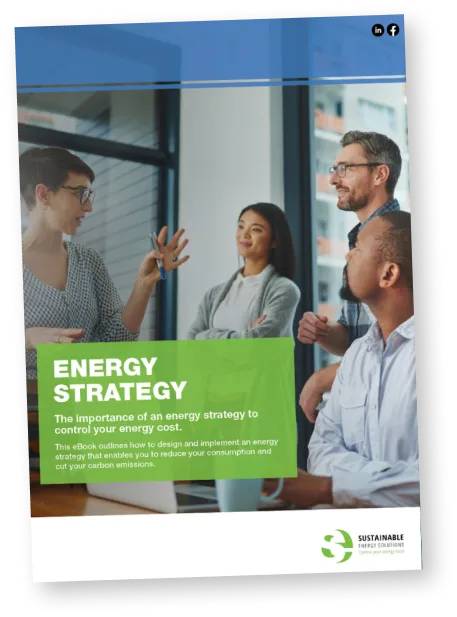The Australian gas market faces mounting supply challenges, heightened volatility, and increasing regulatory scrutiny, as highlighted in recent reports from AEMO, ABC News, and The Australian. Together, these reports paint a picture of a sector at a critical juncture, with far-reaching implications for energy security, pricing, and policy.
The Australian Energy Market Operator’s (AEMO) latest Gas Statement of Opportunities (GSOO) underscores a growing risk of gas shortages across eastern and south-eastern Australia. Supply challenges are expected to intensify from 2027 onwards, particularly in Victoria, New South Wales, and South Australia, unless new sources are developed or alternative energy solutions are implemented. AEMO notes that existing gas production from traditional fields is in decline, with projects in the Gippsland and Cooper Basins struggling to offset depletion rates.
Compounding this issue, delays and uncertainty surrounding new supply developments such as LNG import terminals and additional onshore gas projects pose further risks. While demand for gas in residential and industrial sectors is expected to remain steady, power generation requirements may fluctuate due to the ongoing transition to renewables. AEMO stresses that proactive measures, including policy support and infrastructure investment, will be critical to maintaining system reliability and preventing shortfalls.
As reported by ABC News, gas continues to play a crucial balancing role in the National Electricity Market (NEM). The push towards net-zero emissions and the gradual phase-out of coal-fired power stations mean that gas will be called upon more frequently as a firming resource. Despite this, the industry faces regulatory headwinds, with growing opposition to new gas developments amid broader decarbonisation efforts.
According to The Australian, recent policy moves, such as proposed price caps and domestic gas reservation mechanisms, reflect mounting concerns over energy security. However, industry leaders warn that excessive regulation may discourage investment, further exacerbating supply constraints in the long run. The article also touches on the geopolitical dimension of Australia’s gas exports, with LNG contracts to key Asian markets remaining a priority for producers. The tension between meeting domestic supply needs and fulfilling international obligations continues to be a flashpoint for policymakers. Furthermore, The Australian highlights the broader implications of gas shortages on electricity reliability, warning that without strategic planning, the grid could face increased instability as coal plants retire.
These reports illustrate a gas market in transition, grappling with the dual pressures of supply security and decarbonisation. As the NEM evolves, the interplay between gas availability, policy frameworks, and energy affordability will remain a defining challenge.

